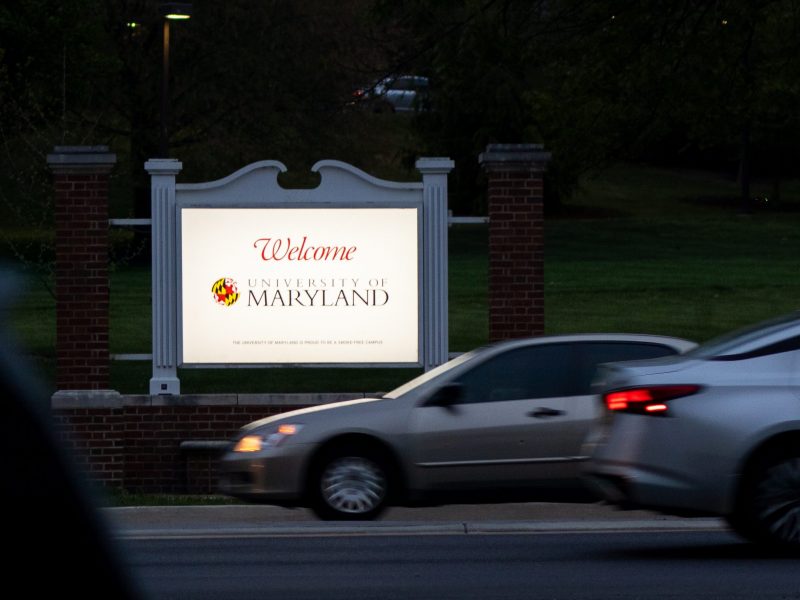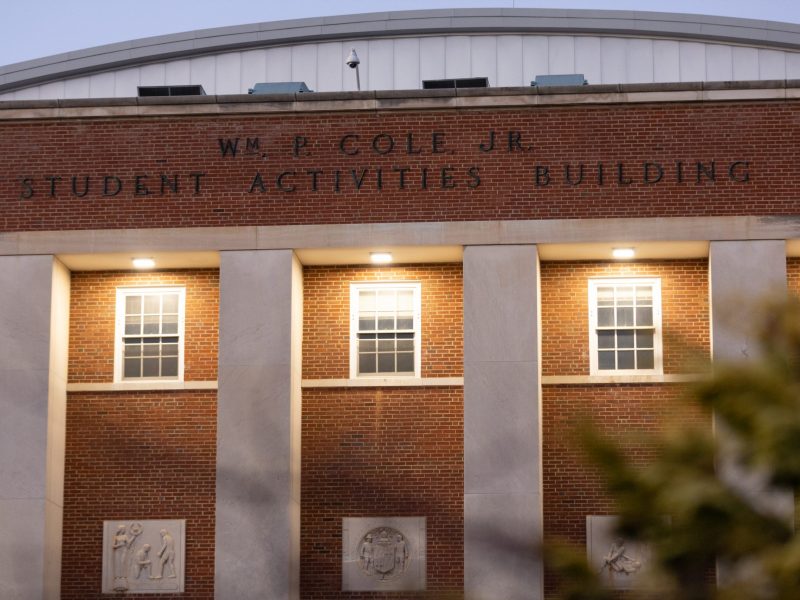By Nate Harold
For The Diamondback
Just a glance at a University of Maryland student wouldn’t directly showcase what that person’s identity is.
People identify themselves in terms of various sociocultural factors, but all in different ways, said Kimberly Griffin, a student affairs professor at this university.
“For a very long time, I didn’t think about my racial identity at all,” said Griffin, who is African-American. “You just never know by looking at somebody about their different identities.”
About 40 people gathered in the Shoemaker Building Wednesday to dive into a discussion about what defines an individual’s identity, and how that identity contributes to the student’s experience on the campus.
The lecture, titled “The ‘Me’ You See: Examining Multiple Identities & Intersectionality in Campus Engagement,” was a part of the Maryland Dialogues on Diversity and Community series.
Griffin said people normally make three assumptions about identities of others that can be false. These assumptions include thinking we know who someone is and how they identify, which identities are most important to that person and that people who have a similar identity think alike.
Griffin and her colleagues conducted several studies focusing on a diverse group of students at this university. Her findings showed that people often place different levels of importance on different aspects of their personal identity, she said.
For instance, some people might feel their racial or ethnic identity is more important than gender or class identity, and vice versa. But everyone is not only defined by personal characteristics or identities.
“We also define our identity by our behaviors … and by which community we engage in,” Griffin said.
For this reason, it’s important the university promotes different forms of multicultural and multi-identity organizations for students to feel comfortable on the campus.
Providing students at this university with a variety of organizations that address different identities allows them to engage in a community, or several communities, of their choice where they will feel welcome.
“[Griffin’s speech] made me really think about my own identity … it made me think about it in a different way,” said Jorelle Casumbal, a junior environmental science and technology major. “I saw myself identifying more as the student who would go to an ethnic student organization and feel like I didn’t really fit in with that group.”
Casumbal said she’s had experiences when she felt she did not identify with the ethnic organization she tried to get involved with on the campus, but that those experiences have helped her to understand her identity more clearly.
“We want to create an inclusive environment for our students, for our faculty, for our staff,” said Sharon Kirkland-Gordon, Counseling Center director. “The Counseling Center has always been dedicated to making sure that we move forward in that regard.”
One important aspect in helping to achieve this optimal environment is the continuation of dialogues about diversity on the campus, she said.
“The university should [continue to] have dialogues like this, so that students can really talk about these experiences and how identity has shaped their experiences at the university,” Casumbal said. “Just to really get that conversation going with students who don’t really know how to identify with a certain community.”



